In the realm of waste management and recycling, education on best practice is key to creating sustainable solutions that benefit both the environment and businesses. One such practice is the use of cardboard to secure materials such as plastic and other loose commodities in bales. This approach not only enhances the efficiency of baling but also contributes to reducing waste and promoting sustainability.
Why Baling Matters:
Baling is a fundamental process in recycling operations, where materials like plastic, paper, cardboard, and metals are compacted and bound together into bales for easier handling, transportation, and recycling. However, dealing with loose commodities poses challenges in terms of stability and efficiency during the baling process.
The Role of Cardboard:
Enter cardboard – a versatile material commonly used in packaging and shipping. By strategically placing cardboard on the front and back of bales containing plastic and other loose materials, recyclers can address several key concerns:
- Enhanced Stability: Loose commodities can shift and become unstable during the baling process, leading to inefficiencies and safety hazards. Placing cardboard on the front and back of bales provides structural support, minimizing the risk of collapse and ensuring the integrity of the bales.
- Improved Handling: Bales secured with cardboard are easier to handle and transport. The added rigidity from the cardboard helps maintain the shape of the bale, reducing the likelihood of deformation or damage during handling and transportation.
- Facilitated Recycling: Properly secured bales streamline the recycling process. Recycling facilities can more efficiently process bales containing a uniform mix of materials, leading to increased throughput and higher recycling rates.
Environmental and Economic Benefits:
The practice of using cardboard to secure bales of plastic and other loose commodities offers several significant benefits:
- Waste Reduction: By efficiently baling loose materials, recyclers can minimize waste and maximize the recovery of valuable resources. This contributes to the conservation of natural resources and reduces the environmental impact of landfilling.
- Cost Savings: Improved efficiency in baling operations translates to cost savings for recycling facilities. Reduced labor requirements, increased throughput, and optimized transportation result in a more cost-effective and sustainable waste management process.
- Promotion of Circular Economy: Securing materials with cardboard aligns with the principles of the circular economy by facilitating the recycling and reuse of resources. By closing the loop on material flows, we can create a more sustainable and resilient economy.
Approaches such as using cardboard to secure bales of plastic and other loose commodities exemplify the spirit of sustainability and resource efficiency in recycling. Recyclers can enhance the stability, efficiency, and recyclability of bales, ultimately contributing to a more sustainable future.
As we continue to explore new solutions to address environmental challenges, they offer tangible opportunities to advance the circular economy and promote responsible stewardship of our planet’s resources. Through collaboration, innovation, and a commitment to sustainability, we can create a world where waste is minimized, resources are maximized, and future generations thrive.


